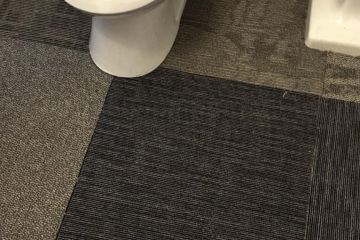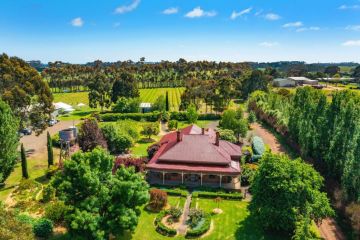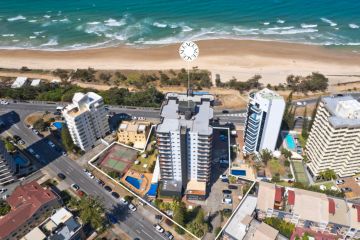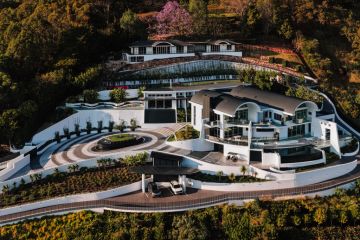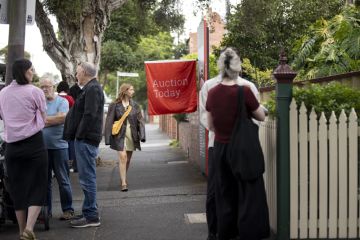Designing with a lifetime in mind
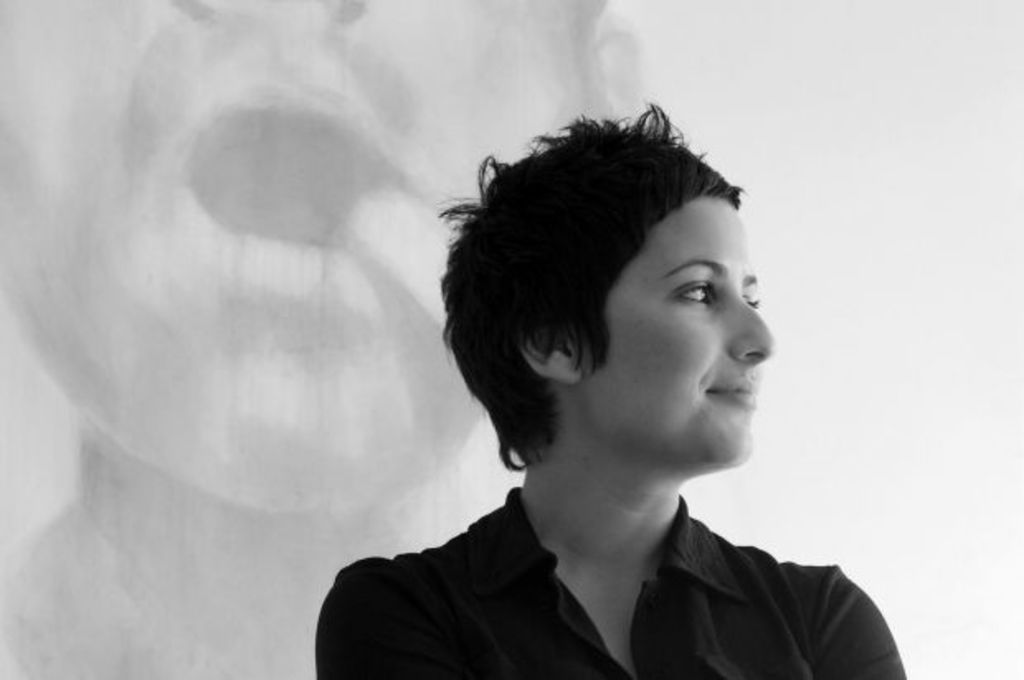
“Beauty”. There’s a word we rarely hear expressed so nakedly in the design realms of furnishings, fabrics and objects.
In the world of homewares, the obsession is often about a bold, novel colouration; an inventive form, or a posturing flamboyance that will catch the eye and the notion that here is something different with the allure of compulsive “must have’, or reflexive “click bait”.
For Helen Kontouris, one of Australia’s leading and internationally known furniture and product designers, beauty is the overarching motive of her work and her design studio, Helen Kontouris Design, is commissioned by the industry’s top names: Alessi, Stylecraft, Space and Schiavello et al.
Her rationale is direct: “Because at the end of the day, we are dealing in beauty. If a product is not functional and beautiful, people will not resonate with it, nor maintain an emotional affinity over the long term. And long-term attachment is the aim of everything we do … 100 per cent!”
For Kontouris, a multiple award winner and people’s choice champion in Australia’s largest independent design awards, the IDEA or Interior Design Excellence Awards – for which in this its 13th year she is a judge, the whole concept of sustainability, or what she terms “anti-throw-away-ism”, is pegged onto an object’s intrinsic beauty.
“So that when you walk into a room, it will arrest you … Something that will last for decades … that you might want to pass to the next generation. For me, that’s the best form of sustainability”.
Having her studio’s diverse end products so widely featured in magazines and retail forums, the interior designer-turned-product creator, has scores of items that fulfil the self-brief of aestheticism working alongside practicality.
One that emerged from her studio and that she thinks illustrates the appealing/enduring ethos is the Zoie plant holder. Made of plastic, “that can be economical and ultimately recyclable, it has an organic bulb shape that conceals a self-watering, and therefore self-sustaining system. That means it has no tubes, no [drip] plates and it’s an organic shape that talks about what it’s holding”.
One of Zoie’s best features is “it will last up to 50 years inside and 30 years outside”. The Breathe sofa, for which Kontouris won Best Product in the 2009 IDEA Awards, is another indoor/outdoor piece with a prolonged lifecycle.
Having such overview of international and local design, Kontouris is inspired by Australian design – “especially furniture design which is very strong”, and by the rising generation of young designers, “who are really putting their mark on the world.
“Young designers are leading a shift and finding very interesting ways of using the by-products of waste”.
In the manufacture of quality product, she believes that, overall, Australia is well in the game.
“Local makers see a lot of product on the internet, so they know the quality with which it can be done … with which it should be done!”
Kontouris tells that in her studio, much time is spent discussing “how to do it right the first time. When you are investing one to three years creating a product, it’s got to be something that is going to be unique, different and with a purpose”.
In November, when the 2016 IDEA winners are announced, a crop of new and exemplary Australian product will be showcased. But even from the portfolio of last year’s entrants, Kontouris found much to admire.
She cited Fiona Lynch’s “Shard” floor rug as “a beautiful, compact and durable product made of goat hair that will last a lifetime”. And daast’s very interesting timber “Big Foot dining table”. The “O’lamp”, by REDUXR, was made of an unexpected material combination of brass, ostrich eggshell, resin and garnet stone.
In essence, all fit the brief of beautiful, utilitarian products “that will look as good 30 years down the track”.
We recommend
States
Capital Cities
Capital Cities - Rentals
Popular Areas
Allhomes
More

